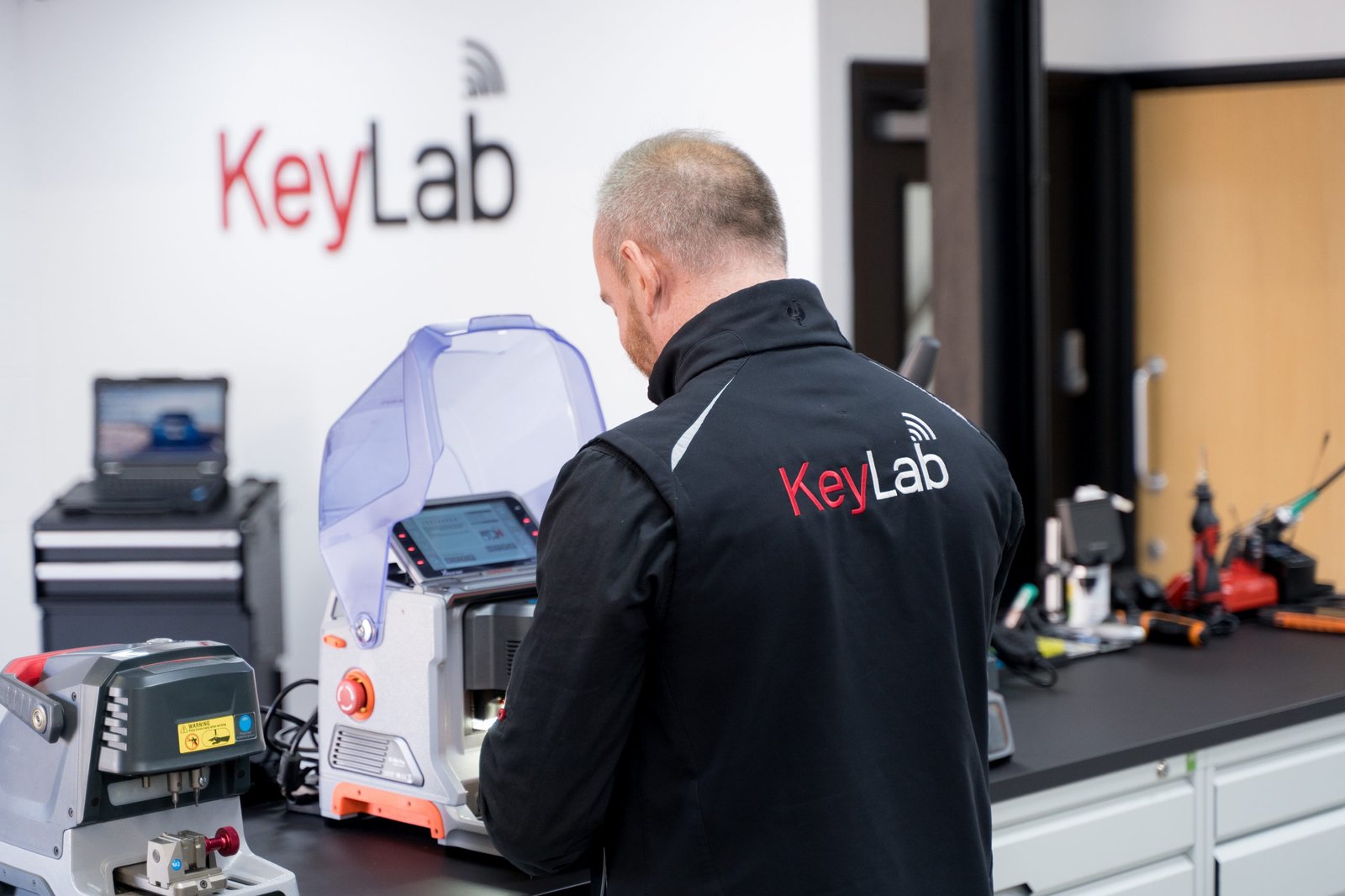How To Explain Key Replacements To A Five-Year-Old
Key Replacements: An In-Depth Guide to Understanding and Implementing Effective Substitutions
Introduction
In the realm of numerous industries— from vehicle to innovation— the term “key replacements” signifies the practice of replacing a stopping working or inadequate element with a brand-new or enhanced version. Comprehending key replacements is crucial for keeping operational effectiveness, improving productivity, and ensuring security. This short article looks into the different aspects of key replacements, exploring their value, implementation methods, and common inquiries surrounding the subject.
What Are Key Replacements?
Key replacements refer to the procedure of substituting an important element within a system, device, or machinery that is pivotal to its performance. These replacements can take place in several sectors, including automobile, innovation, and even human resources. By proactively identifying and changing important parts, organizations and individuals can prevent system failures, maintain efficiency, and improve safety.
Value of Key Replacements
The importance of key replacements can not be overemphasized; they serve different functions that contribute to the total efficiency of systems. A few of their important roles consist of:
- Preventing System Failures: Key replacements help prevent disastrous failures by addressing worn-out or malfunctioning parts before they develop substantial concerns.
- Enhancing Performance: Upgrading to newer components can enhance system performance, resulting in better output and efficiency.
- Cost-Efficiency: Effective replacements can minimize repair work costs, lengthen the life expectancy of the whole system, and ultimately save money.
- Safety Assurance: In sectors like automobile and equipment, key replacements make sure that safety standards are preserved, minimizing threats to workers and users.
- Compliance: In regulated markets, timely replacements may be a legal requirement to satisfy safety standards.
Key Replacement Strategies
Implementing key replacements efficiently requires a tactical method that aligns with the functional goals of a company. Below are numerous strategies to consider:
1. Routine Maintenance and Inspections
Performing regular maintenance and assessments can assist identify components that might require replacement before they stop working. A well-defined maintenance schedule need to consist of:
- Visual Inspections: Check for visible indications of wear or damage.
- Efficiency Monitoring: Track the performance of key components.
- Usage Analysis: Keep records of how frequently a part is used, which can predict wear patterns.
2. Data-Driven Decision Making
Making use of data analytics can help organizations make informed decisions relating to when to replace key components. Carrying out systems for data collection can lead to:
- Predictive Maintenance: Identifying possible failures before they take place using historical data.
- Cost Analysis: Evaluating the cost implications of fixing versus replacing elements.
3. Partnership with Suppliers
Developing strong relationships with suppliers and makers makes sure access to quality elements and prompt replacements. Appropriate partnership can result in:
- Favorable Terms: Negotiating much better rates and terms.
- Quality control: Gaining confidence in the quality and dependability of replacement parts.
4. Training and Education
Informing and training workers included in the replacement process can significantly enhance efficiency. Supplying details on finest practices and brand-new technologies can help make sure:
- Maximized Efficiency: Employees comprehend the optimal approaches for replacing elements.
- Lowered Errors: Minimized threat of mistakes throughout the replacement procedure.
Types of Key Replacements Across Industries
Key replacements differ throughout industries, each with its particular elements and practices. Below are some typical key ins various sectors:
Automotive Industry
Part
Replacement Reason
Engine Oil
Prevent wear and improve performance
Brake Pads
Make sure security and responsiveness
Tires
Enhance traction and fuel efficiency
Innovation Sector
Part
Replacement Reason
Tough Drives
Enhance information access speed
Batteries
Restore gadget portability and performance
Circuit Boards
Enhance device reliability and longevity
Production
Component
Replacement Reason
Conveyor Belts
Preserve operational performance and security
Security Guards
Maintain health and security compliance
Bearings
Decrease friction and assist in smooth operation
FAQs About Key Replacements
1. What is the most vital factor for replacing key parts?
The most vital factor for changing key elements is to ensure system reliability and safety, avoiding failures that could lead to costly downtimes or dangerous circumstances.
2. How often should I consider key replacements?
Key replacements should be thought about based on the specific element's wear pattern, efficiency metrics, and upkeep schedule. Routine evaluations must determine the suitable periods for replacements.
3. What should just click the next document do if I am uncertain about a component's condition?
If not sure about an element's condition, it is advisable to conduct a comprehensive assessment, evaluation performance data, and consult with experts or manufacturers for expert guidance.
4. Is it better to fix or replace a key part?
The choice to repair or replace a key element depends upon cost-effectiveness, reliability, and long-term advantages. Often, replacement might be more viable when considering lifespan and performance metrics.
5. Where can I discover trustworthy replacement parts?
Trustworthy replacement parts can normally be found through authorized dealerships, respectable providers, or directly from manufacturers. Constantly verify their reliability and examine reviews before purchasing.
Key replacements are an essential element in maintaining operational effectiveness and security across different markets. By understanding the significance of these replacements, carrying out strategic approaches, and addressing typical queries, companies can make sure that their systems remain robust and reliable. Future advancements in innovation and information analytics will even more boost the depth and accuracy of key replacements, continuing to drive enhancements in effectiveness and safety. Engaging proactively with this concept can considerably reduce threats and elevate total efficiency in any operational context.
